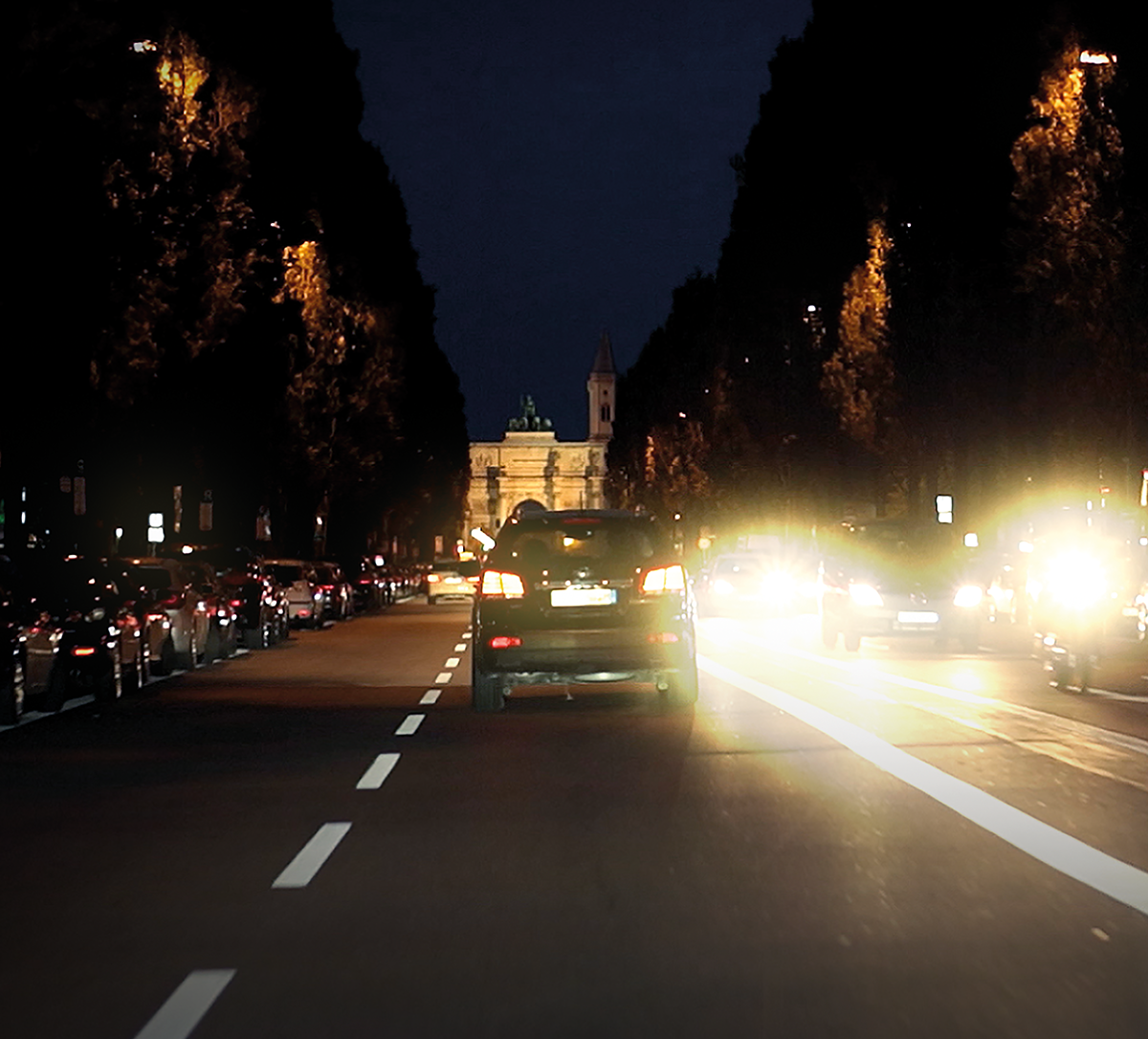Andrew Morgan's Blog
Welcome to Andrew Morgan's blog, your go-to source for all things in Optics from the latest spectacle fashion, vision correction and eye health. Dive into our latest post where we shine a light on the world of Optics
Keep your vision in focus with us!
Andrew Morgans Blog

Spring 2024 Newsletter Driving
New Spring 2024 Newsletter Driving
Our new Spring 2024 Newsletter is now available.
You can download a copy here https://bit.ly/4aHrpyp
There is lots of relevant information about eyes and vision. In the 2nd of a series I take a look in more detail about the issues covered.
#2 Driving and Vision

Driving and particular problems with associated with glare has been mentioned a lot recently my motoring organisations and in the newspapers .
In a recent survey the RAC found that with drivers that suffer from glare, 67% have to slow down considerably until they can see clearly again, and 64% believe some headlights are so bright they risk causing accidents.
7% of drivers say they find headlight glare so bad that they avoid driving at night altogether, this figure that rises to 14% for drivers aged 65 and over.
Driving Vision Essentials
To legally drive, you must be able read a car numberplate from 20.5 meters (22 yds) and have a 120-degree field of view. It is estimated that there could be 10% of drivers on the road today would fail these requirements.
When you take a driving test you will be asked to read a number plate at the correct distance. So if you pass your test at 17 you may never have to have your vision tested again, unless you have one of these conditions that you need to notify the DVLA about:
· blepharospasm.
· diabetic retinopathy (with laser treatment)
· diplopia (double vision)
· glaucoma.
· nyctalopia (night blindness)
· retinitis pigmentosa.
The DVLA will then need you to undertake a visual assessment to renew your licence.
Legally, drivers themselves must ensure their vision meets this standard. You must always wear your spectacles or contact lenses if you have been told you need them to meet the vision standards. It is also highly recommended you keep a spare pair of useable spectacles in you car. If you broke a pair, legally you shouldn't be driving and if you did drive without spectacles you would invalidate your insurance.
Windshield and Lighting
To see clearly, especially at night, makes sure your windscreen is clean, and unscratched. Make sure you have clean headlights and ensure they are correctly aligned so as not to cause glare to oncoming traffic.
Night Driving
Night driving can be challenging, but there is usually enough light to ensure that a condition called "night myopia" doesn't occur. If there is blurriness at night you may need an updated prescription or you may benefit from an updated anti-glare treatment on your lenses. A lot of lens manufactures now have available specialised anti-glare treatments specifically for driving at night.
The onset of cataracts in older drivers may cause an increase in glare. It is advisable to have an eye examination and take advice from your Optometrist. In certain circumstances it may be advisable to avoid night driving until the cataracts can be removed.
"Night Driving Glasses" with amber or blue tinted lenses aren't proven to aid night driving at all, and in some cases can reduce vision.
Tinted lenses come in 4 categories and only Category 0 is suitable for night driving. This is a lens that transmits between 80% and 100% of light. Photochromic lenses are lenses which react to daylight and so will be Category 0 at night and perfectly safe to use for night driving.
Categories 1,2 and 3 are suitable for daytime driving, but not at night. Category 4 is a very dark lens and only transmits 3% to 8% of light and is not suitable for any driving.
Any tint that changes the colours of traffic lights is also not suitable for driving.
Spectacles for Driving
It's worthwhile considering rimless or thin-rimmed spectacles for better peripheral vision. Use light weight, plastic lenses for safety together with anti-glare coatings improve vision when driving at night sight. Keep spectacles and contacts clean; store a spare pair and cloth in your car—important for contact wearers, comfort, and legal compliance in some European countries.
Sunglasses
Use prescription sunglasses or clip-ons over regular glasses but never non-prescription ones if you need a correction for driving. Do not use tinted glasses or clip-ons in low visibility conditions as set out in the Highway Code.
Alcohol, Drugs, and Tiredness
Alcohol, certain medications, and fatigue can hinder vision—always check with your doctor regarding medications and driving.
DVLA
Inform the DVLA straight away if your eyesight fails to meet legal standards or you have a notifiable medical condition this is important to make sure your insurance is valid and to avoid legal consequences. If you have a condition that is treatable, and your vision is expected to reach the minimum standards after treatment (such as cataract removeable) consider just suspending your licence until after treatment. If you cancel your driving licence you will have to re-take the driving test to get it back again.
If you need any further information or advice speak to your Optometrist or give us a call
